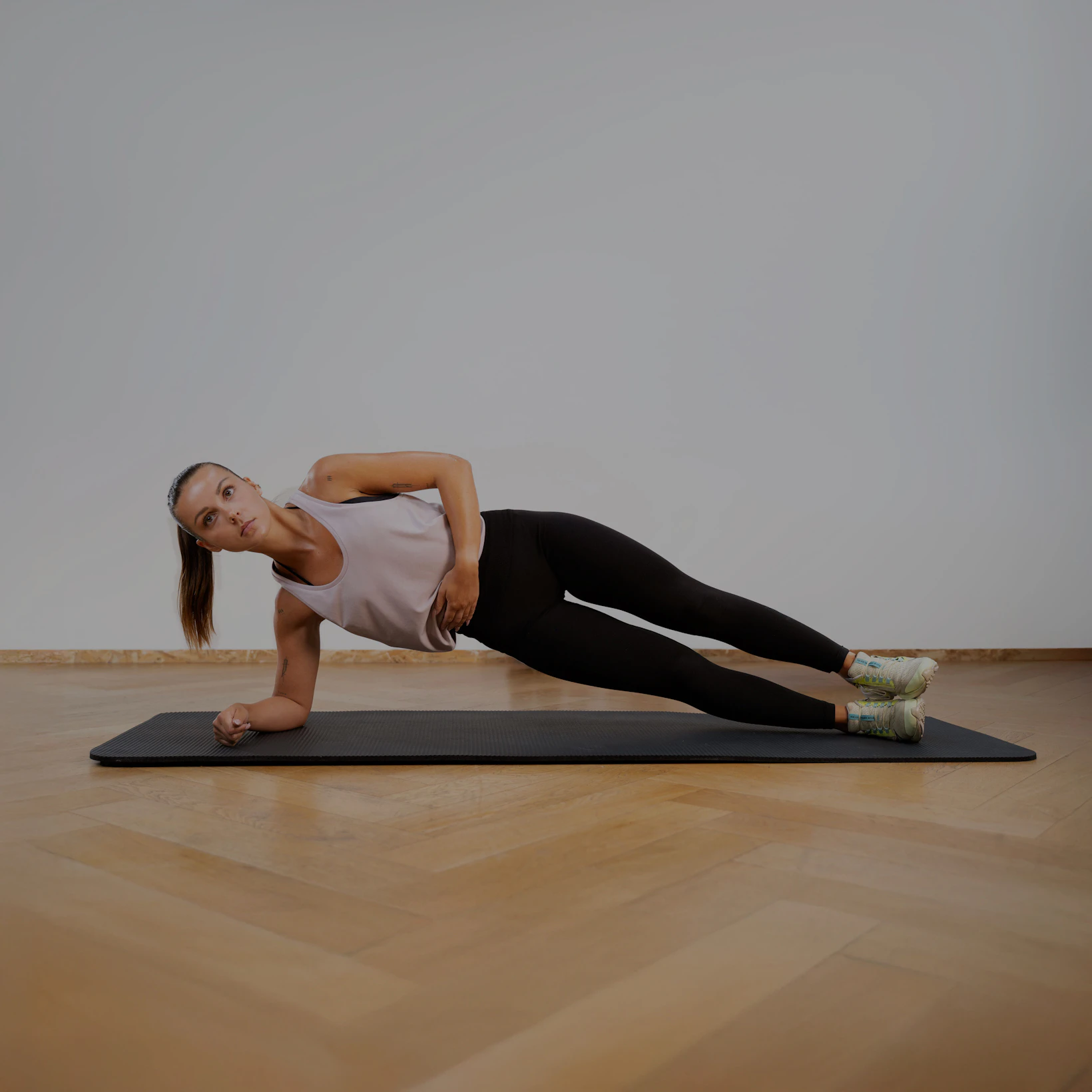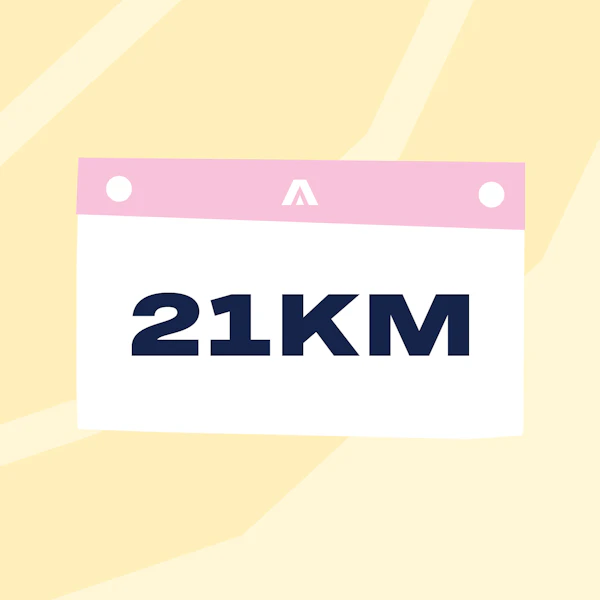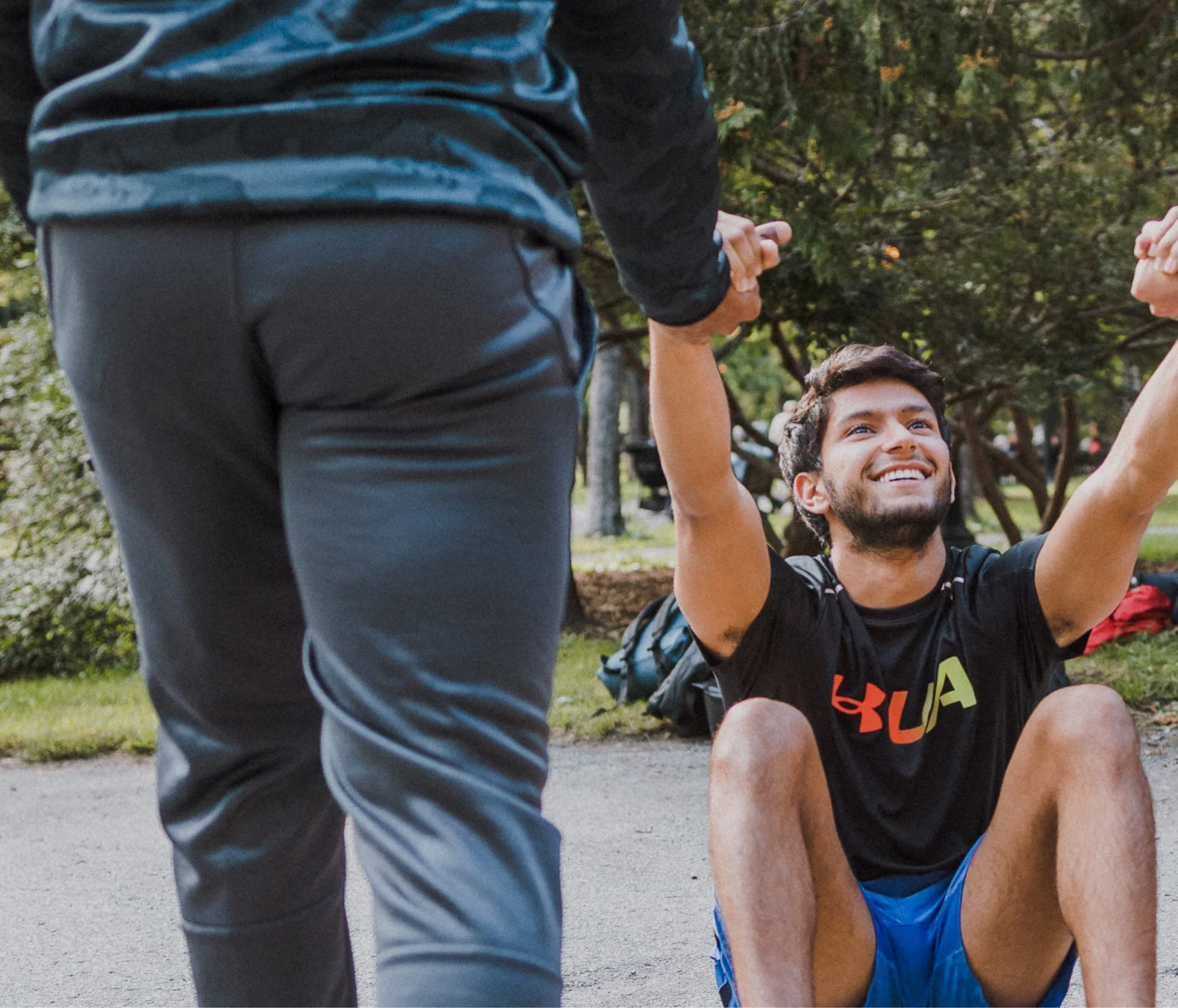Training plans / [...]Others / Strength & Conditioning
Premium
Strength & Conditioning
Others & Popular - Base training
Strength & Conditioning, is crucial for progressing and reducing injury risks. Campus offers to include strength & conditioning directly into your training plan!
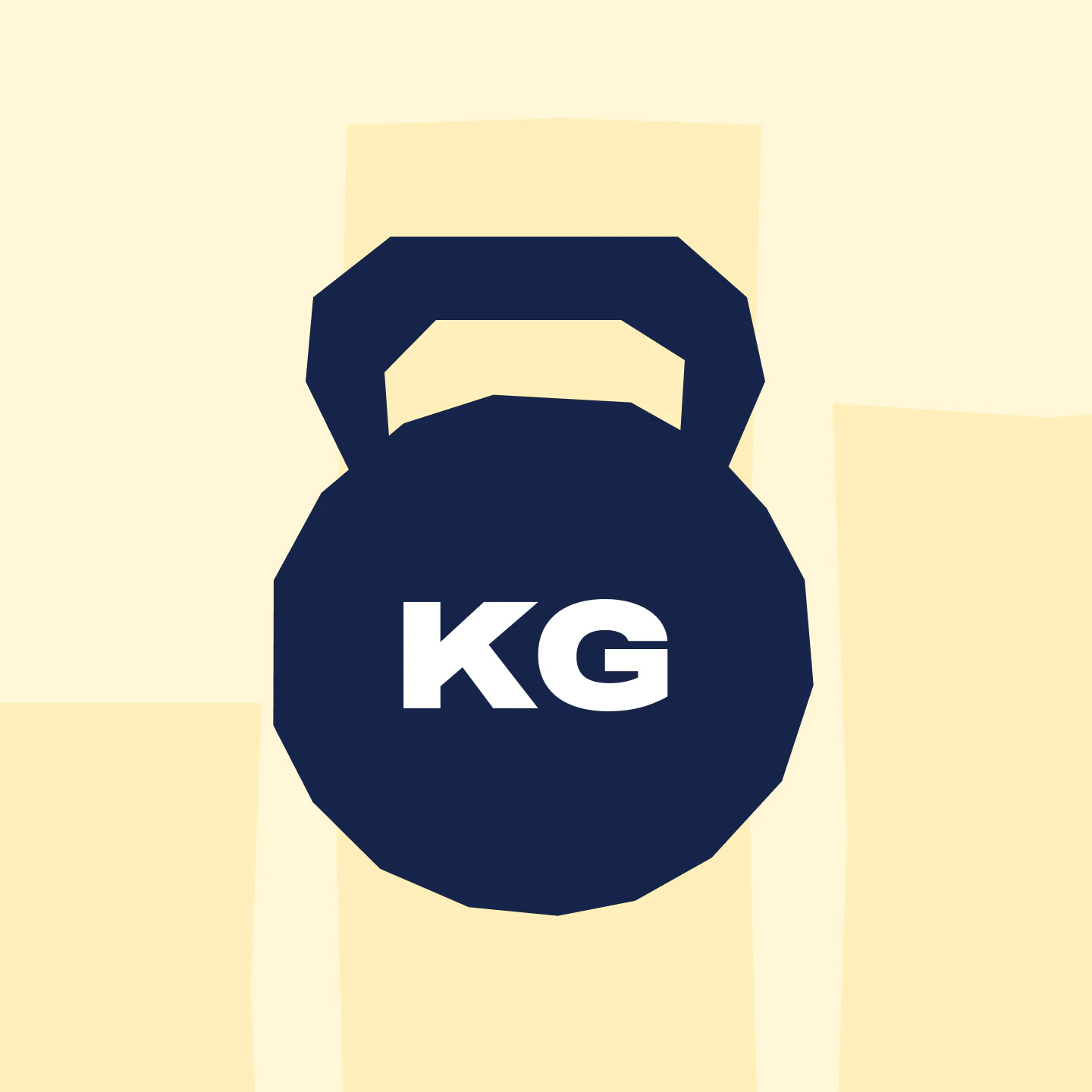
Boost your performances with PPG!
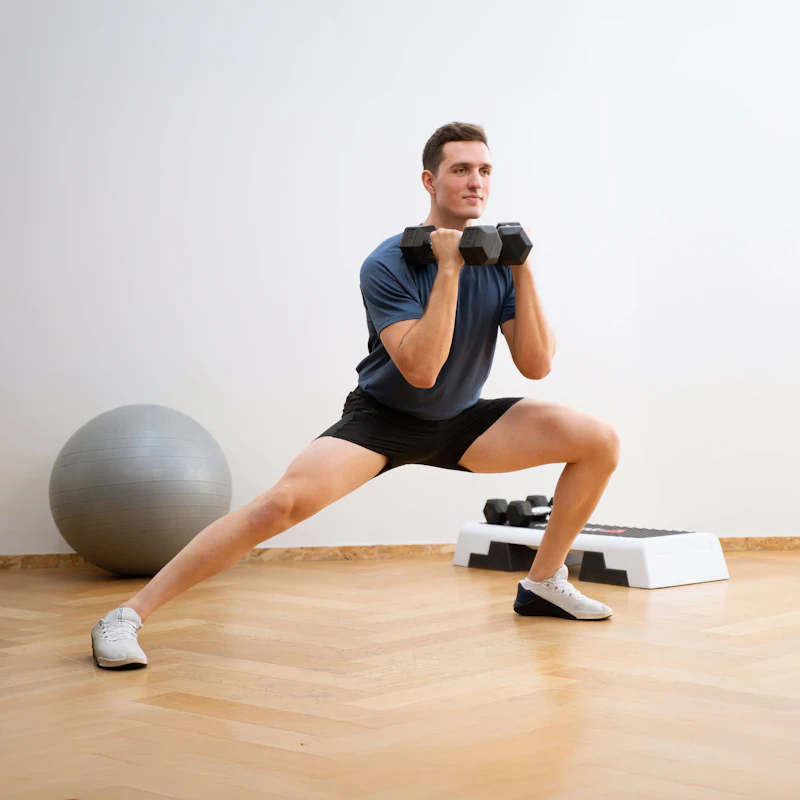

FAQ
Frequently asked questions
What muscles does running work?
What muscles does running work?
Running offers the advantage of being a relatively complete sport! Obviously, this discipline significantly engages the lower muscles (quadriceps, hamstrings, calves, glutes, adductors), but also the core muscles (abs, lower back, etc.), as well as the arm and upper body muscles (deltoids, biceps, triceps, trapezius, and back muscles). Finally, the foot muscles are involved in every stride, especially the toe flexors and extensors as well as the intrinsic foot muscles.
How many sessions of strength training exercises for runners every week? How often should runners do basic exercises?
How many sessions of strength training exercises for runners every week? How often should runners do basic exercises?
The number of weekly strength training workouts depends on your athletic background, current fitness level, goals, running volume, and available time.
For beginners: 1 to 2 strength & conditioning workouts per week to gradually strengthen muscle groups used in running and avoid injury risks.
For intermediate runners: 2 to 3 sessions per week to prevent injury risks and optimize running posture for progress.
For experienced runners: 2 to 3 sessions per week, or more if they wish, to maintain muscle strength and prevent injuries that may occur with high training volumes. However, be careful not to overload training to avoid generating extra muscle fatigue that could impede recovery.
How to do a good strength training workout for runners?
How to do a good strength training workout for runners?
Here are our tips for a good Strength & Conditioning session.
Structure your session to work on all aspects of your fitness: strength, endurance, mobility, coordination, stability, etc..
Start with a warm-up for about ten minutes, follow with the main workout and your Strength & Conditioning exercises for about 20 minutes, then perform a cooldown and stretching for 5 to 10 minutes.
Strength & Conditioning must be adapted to your goals, current fitness level, and your sport of choice (in this case, running).
Start with basic exercises and bodyweight work, such as glute bridge, then gradually increase the load over sessions.
To progress, practice regularly.
To avoid getting bored, vary the exercises.
Focus on the movement technique rather than on speed of execution.
Listen to your body: if you feel discomfort or pain, stop the exercise you are doing.
What is Strength & Conditioning in running?
What is Strength & Conditioning in running?
Strength & Conditioning is an excellent complement to running. The variety of exercises available allows you to work on different progress factors, including stride efficiency, muscle strength, posture, stability, mobility, coordination, etc.. By strengthening the body as a whole, Strength & Conditioning also acts as injury prevention, and can even be recommended by health professionals if you've had to stop due to injury (they will offer exercises tailored to your condition: you must refer to their advice to perform exercises relevant to your rehabilitation). Here are some examples of exercises to include in your Strength & Conditioning sessions as part of a running practice:
Strengthen leg muscles: squats, lunges, glute bridge, rope jumping, etc..
Strengthen core muscles: plank, side plank, etc..
Strengthen ankles and proprioception: calf raises, one-leg balance exercises, etc..
Improve mobility and coordination: quick knee lifts, jumps on the spot, etc..
What is the meaning of S&C?
What is the meaning of S&C?
S&C stands for Strength & Conditioning. It’s a type of workout aimed at developing all the basic physical abilities of athletes, regardless of their sports practice.
S&C is generally integrated at the start of an athlete's preparation. In running, it takes place during the general preparation phase. Then, when the season and sports goals become clearer, strength & conditioning comes into play to specifically target certain muscle groups deemed worthwhile to work on by the athlete and/or their coach.
How to build muscles for faster running?
How to build muscles for faster running?
In running, the concept of speed/quickness is correlated with power, propulsion force, and muscular coordination.
To work on muscle power, you can do jump squats, jump lunges, box jumps, etc..
To strengthen stability and balance, we recommend the dynamic plank, side plank, one-legged balance, or unilateral hip bridge.
To improve propulsion, you can perform squats, forward lunges, deadlifts, calf raises, etc..
To optimize coordination, you can opt for what’s called “running drills” in athletics jargon: knee raises, heel kicks, skips, etc..
How to perform strength training for running at the gym?
How to perform strength training for running at the gym?
Performing strength training at the gym isn’t mandatory, but it’s certainly an interesting option. With specialized machines and equipment (dumbbells, resistance bands, etc.), you can target specific muscle groups effectively and work muscles in depth.
You can start your 'strength & conditioning' session with a ten-minute warm-up on a bike, elliptical, or treadmill. Then, we suggest focusing on:
legs and glutes using the leg press, lunges with dumbbells (or bar), or deadlifts (deadlift);
calves and ankles through calf raises (standing or on a machine) and with the press;
core and hips through planks, side planks, and crunches;
hips and abductors through abductions and adductions on the machine, or hip extensions with a machine or resistance band.
→ The proper execution of moves for performing various exercises is more crucial than increasing load or repetitions (which should be done progressively). Also, remember to vary the exercises.
What is the difference between S&C and strength & conditioning?
What is the difference between S&C and strength & conditioning?
Though they are quite similar, here are the main differences between S&C and strength & conditioning:
S&C focuses on enhancing general physical qualities, not limiting itself to a particular muscle group or specific skill. It includes strength & conditioning, but also endurance exercises, mobility, coordination, and sometimes explosiveness. The goal is to improve physical foundations before specializing in more technical efforts or those specific to the athlete's discipline (this is when we talk about Specific Physical Preparation or SPP).
Strength & conditioning often leans toward muscle strength and endurance development. It is a part of S&C but can also be practiced in isolation to achieve specific goals.
Are there resistance band exercises for running?
Are there resistance band exercises for running?
Resistance bands provide progressive resistance for strength training exercises. They can be used to specifically strengthen muscles involved in running (quadriceps, glutes, hamstrings, calves, core muscles, etc.), improve stability, and prevent injuries. Here are some exercises to do:
Lower body: squats with resistance band, lateral walk with resistance band, walk with resistance band, lunges with resistance band, calf raises with resistance band, hip extension with resistance band, lateral leg lift with resistance band, hip bridge with resistance band, hamstring curls with resistance band.
Upper body: pull with resistance band, plank with resistance band, triceps extensions with resistance band.
What strength training exercises are specific to knees?
What strength training exercises are specific to knees?
Knee strengthening improves their stability, prevents injuries, and optimizes running performance. Here are specific exercises targeting surrounding muscles (quadriceps, hamstrings, glutes, calves, etc.) to strengthen the knees: assisted squats, lunges, calf raises, hip bridge, step-ups, wall sits, straight leg lifts, hamstring curls with ball, resistance band exercises, etc..
Plans
Other plans
Often underestimated by runners, the half-marathon requires good preparation! This training plan is the best way to prepare yourself. Whether to finish your first half or beat your record.
Whether to run your first 10k or to beat your record, you need a good training plan. This plan offers you preparation tailored to your profile, your goal, and all the necessary advice to be at the top of your form on competition day!
